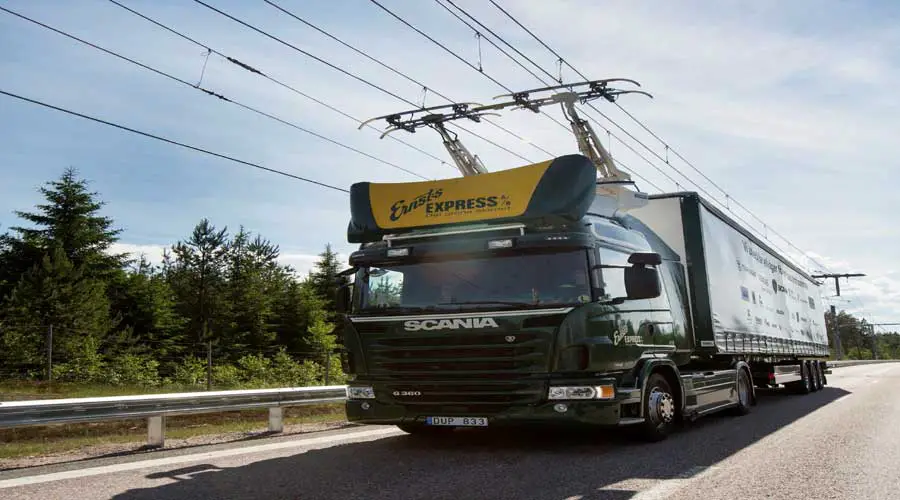Electric road meaning & Working Explained
With the rise in emission problems and its ill effects, every country in the world is trying to take suitable measures. In the same context, Sweden has decided to be fossil fuel free country by 2030 and is putting in a lot of efforts. Recently, the country has recently built the world’s first electric road. It is a great example of how public and private partnerships can yield fruitful results if planned perfectly.
The electric road project is a joint venture of Swedish transport authorities, Scania group, and Siemens. According to the Swedish authorities, they dedicate this project to reduce the emissions and make the country fossil fuel free. At present, the project is approaching actual tests which will continue till 2018.
Facts about the world’s first electric road:
The idea of the electric road came from the trams. So, the operation of vehicles on this road is similar to that of light rails. This road is a two kilometer long stretch of a normal highway where cars and buses drive routinely. Contact lines are 5.4 meters above the roadway carrying 750V DC current. Every pole holding high voltage lines is 60 meter apart.

The most important advantage of this project is that it can be implemented with current technology and infrastructure as against the other recent advances like electric cars and autonomous driving; which will take some time to become reality. Upon the approval, the authorities can execute this project rapidly compared to most of the other research projects.
How the electric road works?
The electric road is just like a normal road we see every day except that it carries overhead wires of the high voltage current. The test vehicle used in this project is a hybrid truck – Scania G 360 4X2. So it has a 9-liter engine that runs on biofuel and gives out the massive power of 360 Hp. Also, it is equipped with an electric motor of 130 kW capacity and 1050 Nm torque. The Li-ion battery on this truck has a capacity of 5 kWh which can support the vehicle for 3 km when not connected to the grid.

In addition, the truck connects the grid automatically via pantograph (a device which carries electricity from overhead wire to electric motor). Once connected, the vehicle runs on electricity obtained from the grid. The maximum speed on electric mode is 90 kilometers per hour. However, while any lane change or overtaking, it is necessary to disconnect from the grid. In the disconnected condition, the vehicle runs on the bio-fuel powered engine. Thus, in every mode of operation, it takes care to reduce emission. Sounds amazing, isn’t it?
More information about Scania vehicles could be obtained Here:
Watch Electric Road in action:
Read on: Wattway: The world’s first solar road built in France >>
